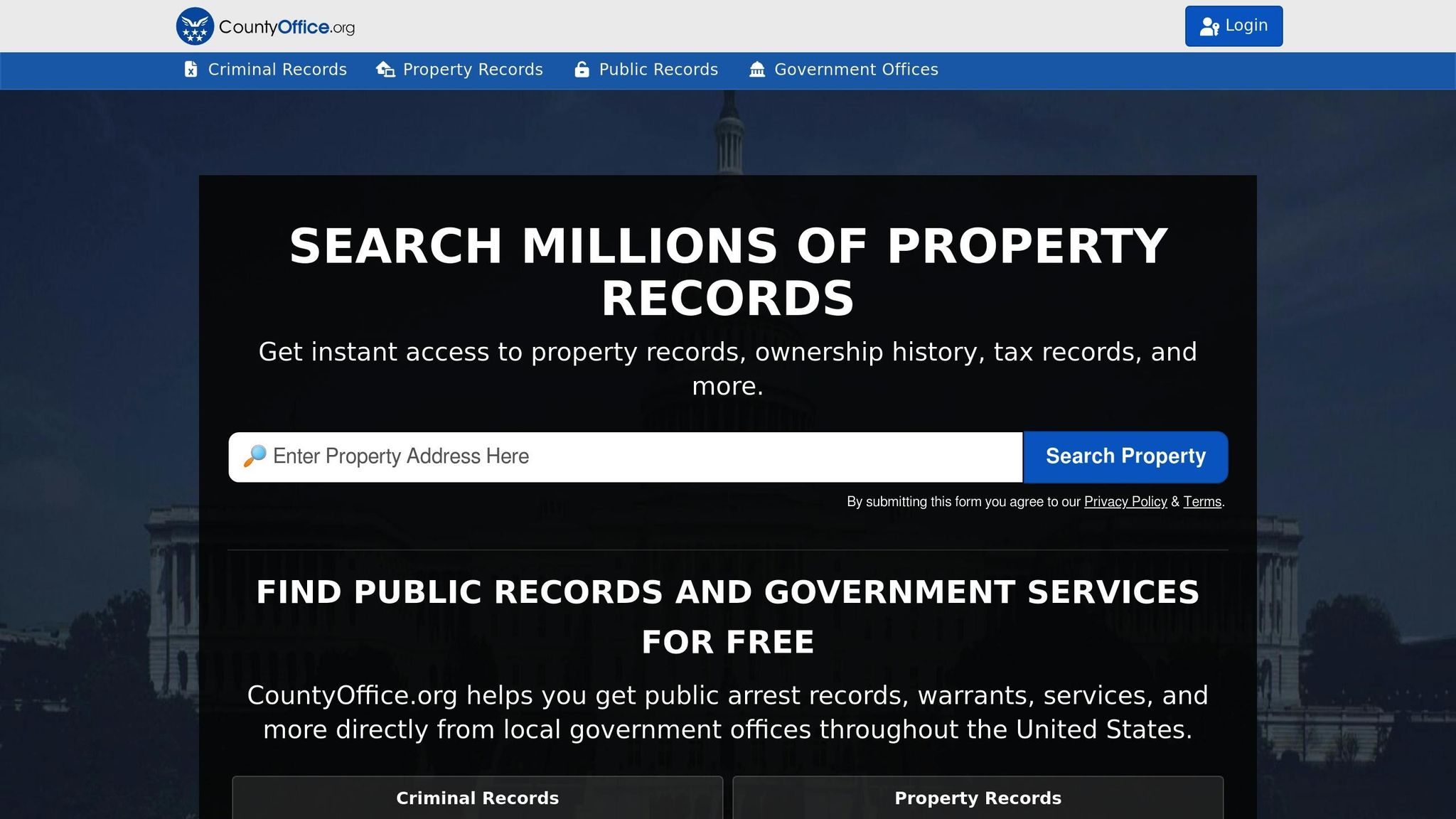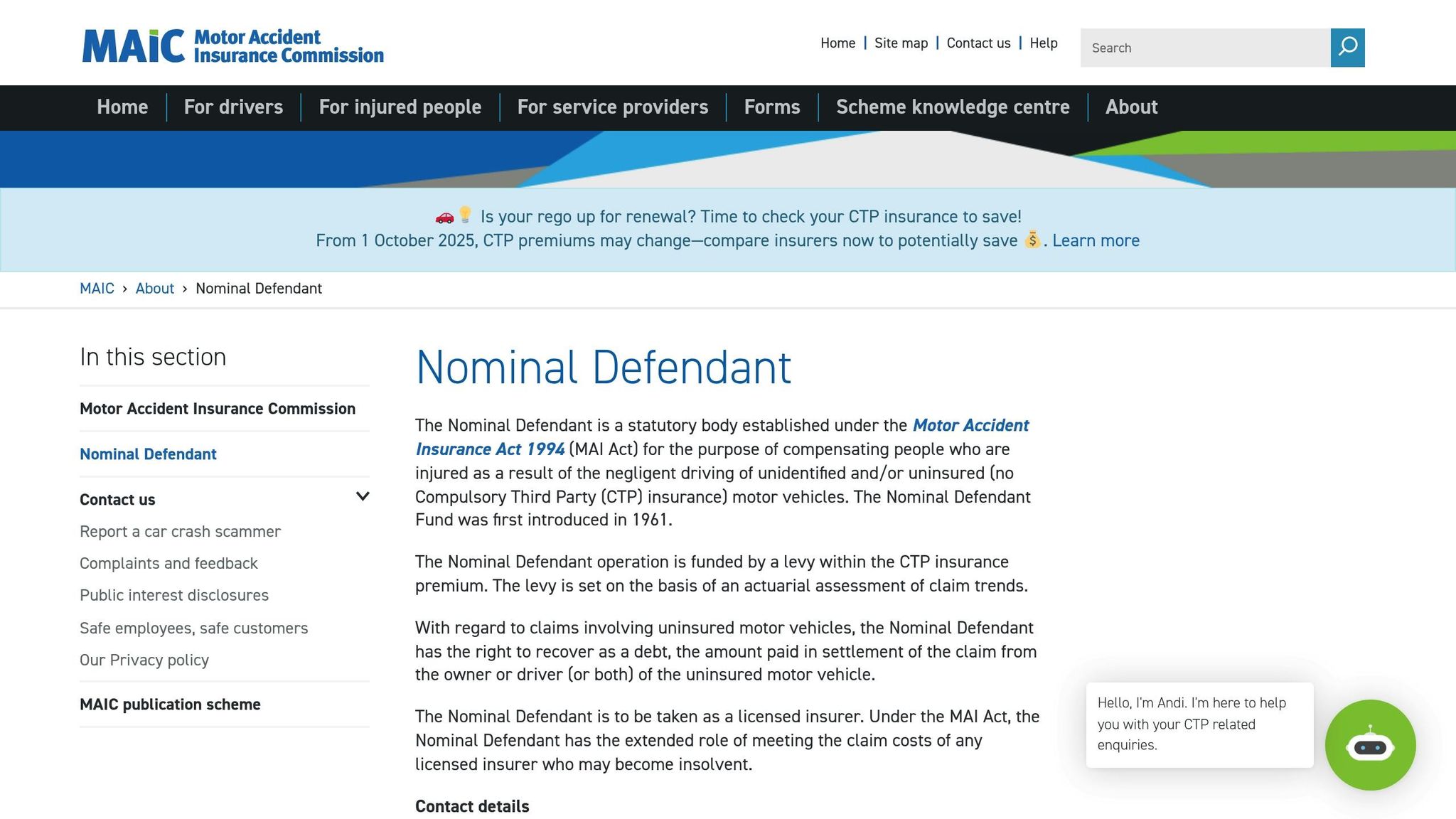If you’re in a car accident in Australia and it’s not your fault, collecting accurate details from the at-fault driver is crucial. It’s not just a good idea – it’s legally required. Missing information can delay claims, cause financial stress, and complicate the process of getting your car repaired or replaced.
Key Details to Collect:
- Personal Info: Full name, address, mobile number. Take a photo of their driver’s licence.
- Vehicle Info: Registration number, make, model, colour. Photograph the number plate and the vehicle’s condition.
- Insurance Info: Insurer’s name and policy number. If unavailable, note to follow up later.
- Accident Details: Date, time, location, directions of travel, and damage to all vehicles/property. Take plenty of photos from different angles.
What to Do If They Won’t Cooperate:
- Stay calm. Note their vehicle details (e.g., rego number, make, colour) and take photos.
- Call the police if they refuse to share information or leave the scene.
Why It Matters: Accurate documentation ensures a smoother claims process, protects your rights, and helps access services like a replacement vehicle through companies such as Not My Fault, often at no cost to you. Acting promptly at the scene is vital to avoid disputes and delays.
This guide helps you stay prepared and in control after an accident, ensuring you meet legal requirements and protect your financial interests.
What Information Do You Exchange In A Car Accident? – CountyOffice.org

Key Information to Collect from the At-Fault Driver
When you’re involved in an accident, gathering the right details from the at-fault driver is crucial. These details form the foundation of a complete accident report.
Personal and Contact Details
Start by collecting the driver’s full name, current address, and mobile number. Always ask to see their driver’s licence and take a photo of it. This ensures you capture important details like the licence number, expiry date, and listed address. Verifying their licence helps confirm their identity and ensures they are legally allowed to drive.
If the driver is not the vehicle’s owner, make sure to get the owner’s details as well. A quick photo of the licence is much more reliable than trying to jot down everything in a stressful situation.
Once you’ve confirmed their identity, you can move on to gathering vehicle and insurance details.
Vehicle and Insurance Information
Take note of the vehicle’s registration number, make, model, and colour. A photo of the registration plate is a must – it serves as key evidence. Additionally, photograph the vehicle from different angles to document its condition and any damage. These images are invaluable for insurers when assessing the claim.
For insurance, ask for the name of their insurer and policy number. If they have their insurance card or policy document on hand, request to see it and photograph it if possible. If they can’t provide the policy number, make a note to follow up later.
Keep in mind that while every registered vehicle in Australia must have Compulsory Third Party (CTP) insurance, this only covers personal injury. To address property damage or vehicle repairs, you’ll need their comprehensive insurance details.
Accident Details
Document the date, time, and exact location of the accident, including street names, suburbs, nearby landmarks, or cross streets. Write down the directions both vehicles were travelling and describe what happened. Make sure to record any visible damage to all vehicles and property involved.
Take plenty of photos, including close-ups of the damage and wide shots that show the overall scene. Capture the registration plates, damaged areas, and the accident site from various angles.
Finally, write down your recollection of the incident as soon as possible. These notes, combined with your photos, will serve as strong evidence to back up your account of events. This documentation is crucial for validating claims and protecting your rights.
How to Collect Accurate and Complete Information
Taking a systematic approach at the scene of an accident is essential to ensure no critical details are overlooked. The following steps build on earlier advice about gathering basic information, helping you document everything thoroughly.
Check Documents and Take Photos
Never rely solely on verbal exchanges; always verify and photograph official documents. Ask for the other driver’s licence and insurance card, then take clear, well-lit photos of both. Make sure the images capture key details like the licence number, expiry date, and the driver’s address.
Photos are the backbone of your claim process. Take comprehensive pictures of the accident scene, including wide shots that show vehicle positions, road conditions, and any traffic signs or signals. Don’t forget close-ups of visible damage and number plates. Timestamped photos serve as objective evidence, which can be crucial for resolving disputes about what happened.
Always cross-check the details on the driver’s licence with what they tell you. Ensure the vehicle’s registration matches the make, model, and number plate. If anything seems off, make a note of it – this information could be critical for your insurer or the police.
Get Witness Information
Independent witnesses can make a big difference, especially if the other driver’s account conflicts with yours. If there are bystanders who saw the accident, approach them politely and ask for their contact details before they leave.
Gather each witness’s full name and mobile number, and, if possible, ask them to share a brief statement about what they observed. A recorded statement on your phone or a written note can add significant weight to your evidence.
Act quickly to collect witness details, as people may leave the scene soon after the incident. Even a simple statement like "I saw the blue car run the red light" can provide crucial support for your case.
What to Do if the Driver Won’t Cooperate
Sometimes, the other driver may refuse to share their information or act defensively. Stay calm and avoid escalating the situation. Focus on gathering as many details as you can independently.
Record the vehicle’s registration number, make, model, colour, and any unique features. Take photos of the vehicle and the driver, and note any distinguishing details, such as physical characteristics or company logos that could help identify the owner.
It’s worth remembering that refusing to exchange details is an offence in Australia. If the other driver won’t cooperate, call the police immediately. They have the authority to compel the driver to provide their information.
If the driver tries to leave the scene, do not attempt to physically stop them – this could be dangerous and may even be illegal. Instead, note the number plate and vehicle details, and report the incident to the police as a hit-and-run. For example, in Western Australia, accidents involving injury or property damage exceeding AUD $3,000 must be reported to the police if details aren’t exchanged.
In cases involving company vehicles, try to note the business name and contact information displayed on the vehicle. Many companies require their drivers to comply fully in such situations, and a quick call to their office might resolve the issue efficiently. Following these steps ensures you’re meeting legal obligations for information exchange after an accident.
sbb-itb-1d2cc02
Legal Requirements After a Car Accident in Australia
Understanding your legal responsibilities after a car accident is crucial to avoid penalties and ensure you can secure any compensation you’re entitled to. Australian law outlines clear steps that drivers must follow, and failing to comply can lead to serious consequences.
Information Exchange Requirements
After an accident, all drivers involved are legally required to exchange certain details, no matter who is at fault. You must provide your full name, address, driver’s licence number, vehicle registration details, and insurance information. Similarly, the other driver must share the same information with you. This exchange is mandatory, even if you believe you’re not at fault, as fault is determined later through the insurance process.
Refusing to exchange information is considered an offence in some states and territories. For instance, in New South Wales, failing to provide these details can result in fines of up to $2,200. To avoid disputes, it’s a good idea to take photos of the other driver’s licence and registration documents. Always double-check verbal information against official documents, and report any inconsistencies.
Following these steps not only ensures you comply with legal requirements but also protects your ability to make a claim if needed.
When to Report to Police
There are specific situations where you must involve the police, either immediately at the scene or within 24 hours. According to Queensland Police guidelines, you should contact the authorities if a driver refuses to provide their details, or if a driver with an impairment or disability requires assistance.
You are also required to file a police report within 24 hours if:
- Someone was killed or injured
- A driver didn’t stop at the scene
- A driver didn’t provide their details, or you suspect the details are false
- A vehicle had to be towed from the scene
- The owner of damaged property wasn’t present
Police reports play a key role in determining fault. They capture critical details like traffic violations and weather conditions, which can be essential for insurance claims and legal proceedings.
If the other driver refuses to cooperate or attempts to leave the scene, do not try to stop them yourself. Instead, call the police immediately. Authorities have the power to compel drivers to provide the required information, ensuring the situation is handled properly.
Nominal Defendant Scheme

In cases where the at-fault driver cannot be identified – such as in a hit-and-run – or when they are uninsured, there are alternative measures to seek compensation. The Nominal Defendant scheme acts as a safety net, allowing you to claim compensation for personal injuries even if the other driver is unknown or uncooperative.
This scheme is tied to Compulsory Third Party (CTP) insurance, which is mandatory for all registered vehicles in Australia. Known as "Green Slip" in New South Wales and the "Transport Accident Charge (TAC)" in Victoria, CTP insurance ensures you can claim compensation for personal injuries, even in hit-and-run situations. However, it’s important to note that CTP insurance only covers injuries and does not extend to property damage.
If an uninsured driver causes an accident, they may face severe penalties, including large fines and being held responsible for all damages and injuries. For example, Queensland’s Motor Accident Insurance Act protects non-at-fault drivers by ensuring they can seek compensation for financial losses caused by another’s negligence.
While the number of uninsured drivers in Australia is relatively low, these protections provide peace of mind, ensuring you have options to recover costs if you’re involved in an accident. Knowing your rights and the available pathways can make a challenging situation more manageable.
How Not My Fault Can Help You Get Back on the Road

Once you’ve documented the details of your accident and sorted out the legal steps, the next priority is getting back behind the wheel. That’s where Not My Fault steps in, offering a hassle-free way to keep you mobile while your car is being repaired or assessed. Here’s how they make the process simple and stress-free.
Quick and Easy Replacement Vehicles
Getting a replacement vehicle shouldn’t be a headache. Not My Fault ensures you receive a comparable car delivered to your preferred location – often on the same day. Whether you drive a family SUV or a compact sedan, they’ll match you with a similar vehicle so you’re not left compromising on convenience or comfort.
Customers frequently praise the speed and efficiency of the service. Helia Hoseinnezhad, a Sydney driver, shared her experience:
"They dropped it off within the hour and were so prompt."
So, whether you’re commuting to work, doing the school run, or heading to appointments, you won’t be stuck waiting while your car is out of action.
No Cost and No Paperwork for You
One of the standout benefits of Not My Fault is that it doesn’t cost you a thing. Unlike traditional rental services that require upfront payments or insurance arrangements with potential excess fees, Not My Fault directly bills the at-fault party’s insurer. No payments, no reimbursement headaches – just straightforward service.
They take care of all the admin for you. From dealing with insurance companies to handling claims paperwork, everything is managed on your behalf. Lakesha Roys, a customer, described her experience:
"Process was fast and efficient. Delivered a new car, were super informative throughout my repairs and were on time to meet me at the smash repairs at the end."
All you need to do is provide honest details about the accident and the information you’ve gathered from the at-fault driver. And don’t worry – your credit card is only held for fines or tolls, not for rental fees.
Australia-Wide Coverage and Support
Not My Fault’s services are available across Australia, covering both metropolitan hubs like Sydney and Melbourne and regional areas. No matter where your accident happens, you can count on their support.
From your first call to the moment your replacement car is collected, their team is there to assist. When your car is back from repairs, they’ll even handle the pickup of the replacement vehicle. Hannah Palassis summed up her experience:
"Not only were they fast and thorough they were friendly and great customer service. Has been an absolute breeze."
This nationwide coverage, combined with a personalised approach, ensures you’re well-supported throughout the process. The team understands how stressful accidents can be and works to ease the burden. As Not My Fault puts it: “You shouldn’t be inconvenienced just because someone else caused an accident.” Their focus is on making the replacement vehicle process smooth and worry-free, so you can concentrate on what matters most while they handle the logistics.
Conclusion: Be Prepared and Stay in Control
Accidents are overwhelming, but having accurate details on hand can make all the difference in how quickly you recover. The information you collect becomes the foundation of your case. It not only helps establish who’s at fault but also speeds up the compensation process and avoids disputes that could leave you out of pocket. These records are essential for getting things resolved efficiently.
Having all the right details ensures you can access the support and entitlements you’re owed. When you’re not at fault, accurate documentation helps streamline communication with insurers, police, and repairers. This can reduce delays and ensure you’re not left financially burdened. For instance, you may be entitled to services like a replacement vehicle – something many Australians don’t realise. You also have the right to choose your own repairer, which can be a game-changer in ensuring quality work.
Thorough documentation – photos, witness details, and written notes – plays a critical role in validating your claim. If liability is unclear or contested, claims can be delayed or even denied. A few extra minutes spent double-checking details and verifying information from official documents can save you weeks of hassle and frustration later.
The key is to stay organised, understand your rights, and seek help when needed. Whether it’s knowing your legal obligations or accessing services like a replacement vehicle, the steps you take at the accident scene set the stage for a smoother recovery process. Taking control early on ensures you’re better prepared for whatever comes next.
FAQs
What can I do if the at-fault driver won’t share their insurance details after an accident?
If the at-fault driver refuses to share their insurance details, don’t stress – there are still ways to move forward. Not My Fault offers support to Australians involved in accidents where they weren’t at fault by providing a like-for-like replacement vehicle at no cost to you.
They take care of all the paperwork and liaise directly with the at-fault driver’s insurer. This means you can get back on the road quickly without dealing with upfront costs or unnecessary hassle.
What details should I collect from the at-fault driver to ensure everything is accurate?
When gathering information after an accident, ensure you record the at-fault driver’s full name, contact details, licence number, and vehicle registration. Don’t forget to note down their insurance provider and policy number. It’s a good idea to double-check everything to avoid any mistakes that could cause issues later.
If you weren’t at fault, you have the right to a replacement car while yours is being repaired or assessed. Companies like Not My Fault can provide a similar vehicle and deliver it straight to you, helping you get back on the road without unnecessary delays or inconvenience.
What happens if I don’t gather the necessary details from the at-fault driver after a car accident in Australia?
After an accident, not collecting the necessary details from the at-fault driver can create headaches when it comes time to file an insurance claim or seek compensation. Without essential information – like their name, contact details, and insurance provider – it becomes much harder to establish who’s responsible or recover the costs for repairs and other losses.
To save yourself from added stress, make it a priority to gather accurate information at the scene. This includes the other driver’s licence details, vehicle registration number, and their insurer’s name. Having these details on hand can streamline the claims process and get you back on the road sooner.



